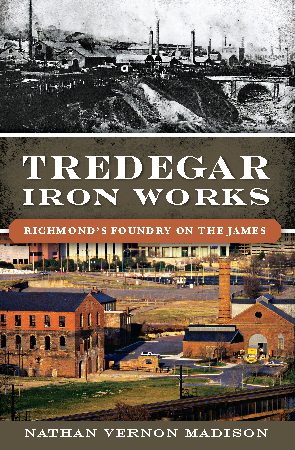An Overview of the History of Iron
Iron is an element with symbolic representation that includes the letter Fe and the atomic number 26. It's an extremely heavy metal and belongs to the second transition group of the periodic table and the seventh transition stage of its chemical family. It's by far the most abundant metal on earth, right behind oxygen, forming a lot of the outer and inner core of Earth's inner and outer mantle.
It was first discovered as a metal by the Greeks and Romans. It was used extensively as weapons in ancient warfare, but eventually came to be regarded as a valuable metal. In fact, it's the second most frequently used metal after silver in the Bible, being used in the Old Testament of the Bible. Because it's so valuable, it often comes to play in the construction of buildings and other things of importance in history. In fact, the Egyptians used iron in building their pyramids, as well as the Romans in the construction of their great Aqueduct.
Modern use of iron has brought about a wide variety of technological developments. It's become a valuable metal in the production of alloys, which include those used in automobiles, trains, jet aircraft, space shuttles, and even satellites. The ability to create new alloying properties from iron has led to the production of a wide variety of products with different applications, including aerospace components, nuclear weapons, electronics, computer chips, and many more. It also plays a key role in the production of plastic parts for various products.
Iron has a reputation as being a good conductor of electricity, being strong enough to conduct electrical current. This makes iron a useful element in a variety of ways. It can be combined with another metal to make a compound that has more electrical conductivity than its component elements. The resulting alloy may be used for purposes that require a lot of energy, such as the use of magnets.
A lot of applications of iron are now made possible through the use of this metal. The most obvious of which is the production of metal for car engines. Today's cars are manufactured with the help of modern welding techniques, using large amounts of metallic iron in order to create engines. These engines are used in applications such as jet aircraft and space travel.
Another medical device uses iron in a very different way – for the creation of artificial limbs. In particular, titanium rods have been used in conjunction with wires. In the process, a small amount of heat is generated to fuse the titanium rods together in order to form a working artificial limb.

There are a number of other uses for iron. One of them is in the production of non-flammable coatings, and there are a number of ways in which it's being used in the production of medical devices. Some products containing this metal, such as contact lenses, denture adhesives, dental crowns, and even jewelry are all made from it.
The practical use of iron is only limited to its medicinal uses, however. It can be useful in many other ways around the house as well, such as for the production of tools and the manufacture of household goods, and a lot of other technological items that wouldn't otherwise be possible or practical without it. If you want to learn more about the history of iron, you can take a look at the book titled "The History of Iron" written by Dr. Walter Lippmann and published by W. B. Greene.
In this book you'll learn about all the different types of iron, what they're used for, and why they're used. For example, if you've ever heard of the Wrench, you know exactly what an iron wrench, an iron will do for you. In fact, the Wrench was invented by accident, since the inventor found that he could make more torque using a hammer and a nut than he could with the wrench he had previously owned.
This is a good way to learn about the history of iron, since you'll gain a great deal of insight into how it's been used in the past. It also gives you a quick overview of the history of manufacturing, since it provides a look at what kinds of tools were used to create iron in the past and why. They were not just used to produce nails and screws; they are used to make swords, guns, spears, plows, tools, and much more. The book even provides a nice description of some of the first welding equipment used in North America.
If you'd like to learn about the history of iron, you should definitely read the book, which is a comprehensive and interesting read. You may even want to read it several times and review it in case you get stuck on any chapter.
